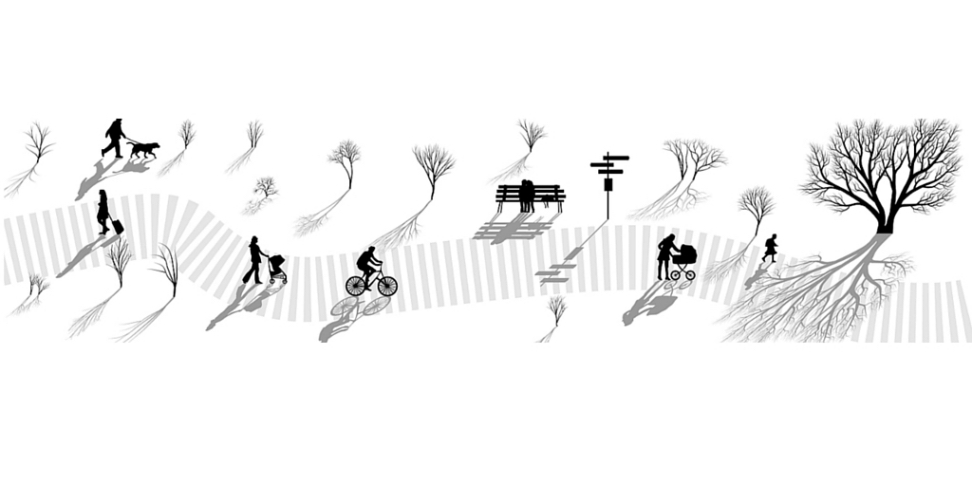Futurist
I stumbled upon foresight as a field as I was always curious to understand the different and novel and draw it to the work or life context. This stumbling happened in the mid 90s when I worked on Nokia mobile device platform which was to be launched three years later.
Separately Nokia had invited GBN (Global Business Network) to run a scenario planning project and I met with Stewart Brand, Adam Kahane and others and I loved it and was hooked.
Then I went to the world future society conference and other similar over a number of years and became an active participant in the US futurists efforts to socialise the field more and get more corporate representation in the conversation.
I also took part in my small way in The Well which was one of the early global chat environments.
This led me to become part of the Association of Professional Futurists and a founding member and a member of the board during three years.
My full scope futures work started as an in-house futurist at Nokia in 1996.
I developed new approaches to help forward looking decision-making. Nokia was supportive of the activity and had a whole team of people from different parts of the organisation coming together under the banner of ‘FutureWatch’.
My human focused team called SocialWare was part of the Nokia corporate strategy initiative.
Many of the things we worked on then are now well on the way to becoming part of everyday lives; Smart home, new transport systems, digitised health care, Internet of Things and so on.
Foresight is a dimension that remains part of my toolkit. Some of the methods of foresight now spill into the customer experience space. For example affinity mapping, territory mapping, personas, future visioning and trend analysis.
After Nokia I co-authored a book on strategic foresight and contributed five articles to a book on thinking about the future. Then I worked as a consultant on the future of tourism, lectured and workshopped with design students on foresight and how to argue the case on a design that cannot be ‘proven’ yet, as numbers at that stage of the process are at best a mere dream or intent. Later I worked on re-imagining an organisation in the Steel industry as a digital mobile enterprise…
Foresight is still not done much, not in a way that truly transforms organisations. Since Kurzweil has held his university courses it has picked some speed again in some quarters. I do wonder about this reluctance.
I think some of it has to do with the idea that leadership is supposed ‘know’ and consultants ‘tell’ and with that the true nature of foresight work is forgotten. It is an immersive team sport.
The more and faster things change the more there is a need to know what you actually are interested in and what you can leave for others to get excited about. Otherwise you will suffer paralysis or other similar ailments.
I post tweets on this occasionally and you can find a few articles on my thinking.
My tweets
Posts on…

